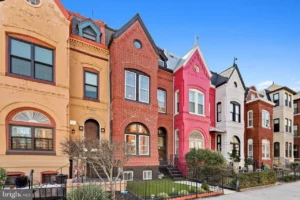
There’s a lot to love about living in Washington, DC. From a rich and storied culture to an enviable job market, it’s no surprise that so many flock to the nation’s capital to see what city life is all about.
Whether you’re considering buying a home or renting an apartment in Washington, DC, you can find plenty of reasons that this city could be the perfect place to start the next chapter of your life. Before deciding whether Washington, DC is a good place to live for you, we shed a little light on what it’s actually like to live and work in the home of US politics. Here’s 10 pros and cons of living in the District.
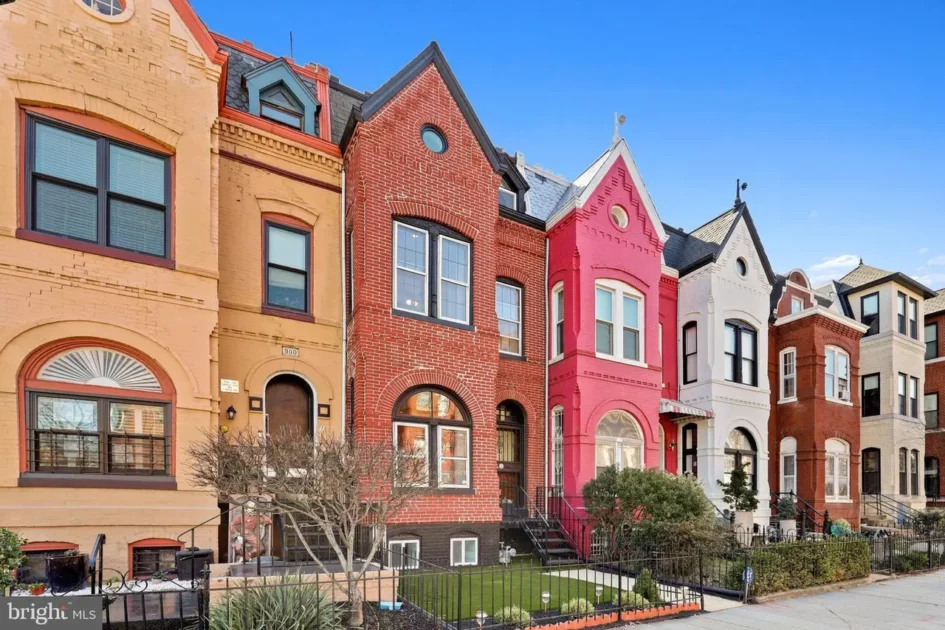
The pros of living in Washington, DC
1. Great neighborhoods
Washington DC is home to a variety of unique and vibrant neighborhoods, each with its own character and charm. From historic Capitol Hill to revitalized areas like Shaw, there are plenty of options for dining, shopping, and entertainment nearby. Beyond amenities, the neighborhoods offer a sense of community and belonging with opportunities to connect with neighbors and make new friends. Whether you’re looking for a bustling urban environment or a more relaxed vibe, there’s a neighborhood in DC that’s perfect for you.
2. Public transportation
Fitting for the capital, public transport services in Washington DC are ranked as the 5th best in the US, with passengers claiming DC’s sprawling metro system to be particularly affordable, clean and well-lit. The city even offers free bus services to ensure fair travel for everyone. Capital Bikeshare is also available for short trips or leisurely rides around the city, and DC’s walkable neighborhoods including U-Street with a WalkScore of 99 and Dupont Circle with a WalkScore of 98, provide another convenient way to explore the city.

3. Job opportunities
Washington DC has a diverse economy with many employment opportunities in government, healthcare, education, finance, and technology. As the nation’s capital, the government is the largest employer in the city, offering positions in policy-making and public service. DC also has prestigious universities, research institutions, and think tanks, making the education and research sectors particularly strong. The city has a thriving healthcare sector as well, a growing financial sector, and an expanding technology sector with many startups and established companies. With opportunities for career advancement and growth, DC is becoming an attractive location for transplants.
4. Rich history and culture
Washington DC has a rich history and culture with many famous landmarks, including the White House, the National Mall, the Smithsonian Museums, and the Lincoln Memorial. The city is home to many cultural institutions, such as theaters, art galleries, and music venues, making it an exciting and fascinating place to live. You can explore the history and culture of the United States by visiting the many museums, monuments, and memorials located throughout the city, and attend cultural events, concerts, and performances throughout the year.
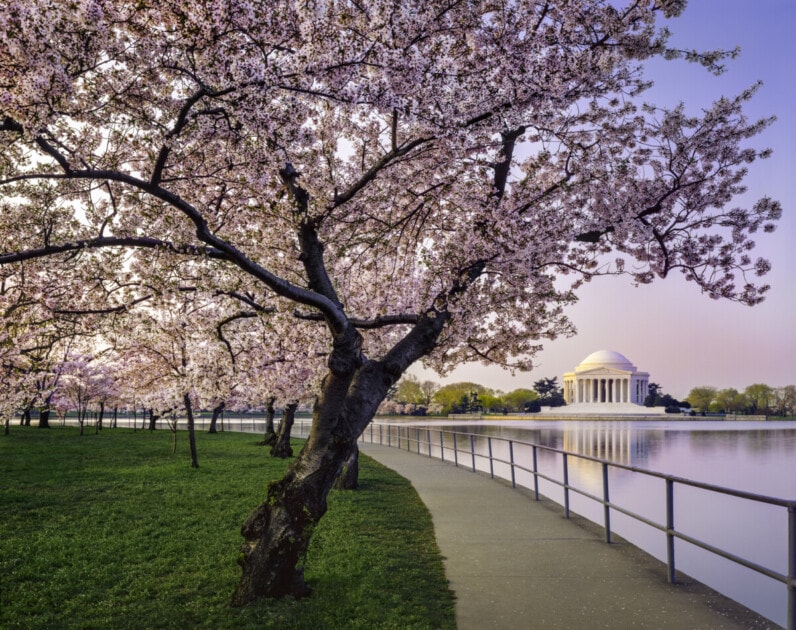
5. Vibrant food scene
Washington DC has a diverse and exciting food scene with options ranging from traditional American cuisine to international dishes, and a focus on farm-to-table dining. The city is home to famous and historic restaurants, such as Ben’s Chili Bowl and Old Ebbitt Grill, alongside renowned chefs and restaurants offering unique takes on iconic dishes like the half-smoke. The international food scene is also thriving, with many restaurants serving authentic dishes from around the world. Additionally, there is a strong emphasis on locally-sourced ingredients, elevating the dining scene even further. Whether you’re looking for a quick bite or a fancy meal, DC has something for everyone in its vibrant food scene.
6. Access to Outdoor Activities
Washington DC offers a variety of outdoor activities, including the 1,754-acre Rock Creek Park with hiking and biking trails, picnic areas, and a tennis center, as well as the 184.5-mile Chesapeake and Ohio Canal towpath, popular among bikers, hikers, and joggers. Other green spaces in the city include Meridian Hill Park, National Arboretum, and Kenilworth Aquatic Gardens. The Potomac River is a great spot for water sports like kayaking, canoeing, and stand-up paddleboarding. With many parks and trails, there are ample opportunities to explore and enjoy the natural beauty of the city and its surroundings.
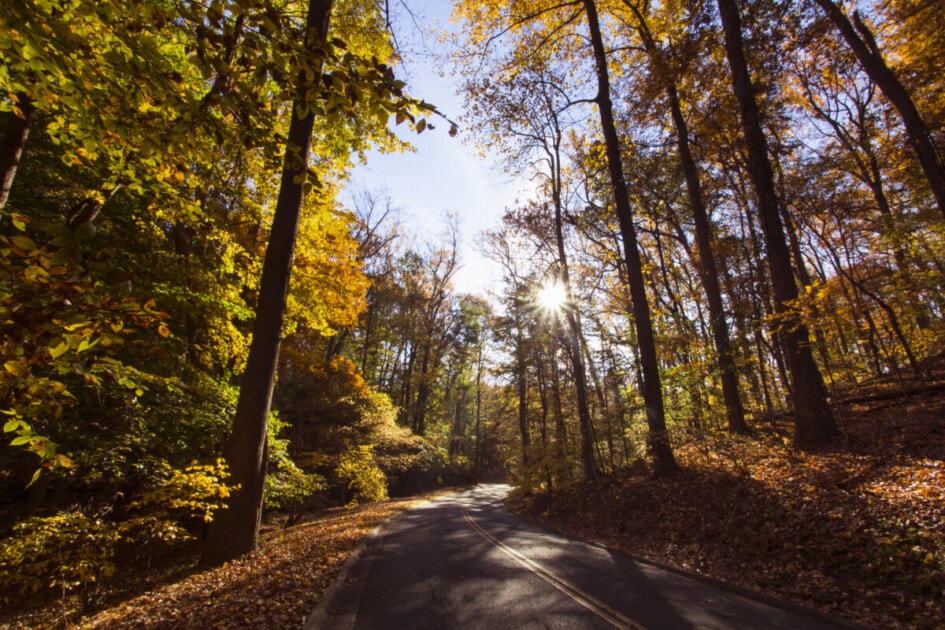
The cons of living in Washington, DC
1. High cost of living
It’s important to be aware that the cost of living in the city is relatively high. The cost of housing in particular is a major factor, with a median sale price in DC for February was around $615,000, compared to the national median sale price of $386,721. Renting in the city is also expensive, with median asking rents for February hovering around $2,600.
Beyond housing costs, other expenses in the city can also be higher than average. The cost of groceries, dining out, and entertainment can all add up quickly, and transportation costs can be substantial as well, particularly if you own a car.
However, it’s worth noting that salaries in the DC area tend to be relatively high as well, particularly in industries like government, technology, and finance. So while the cost of living may be higher than other parts of the country, it can be offset by higher earning potential. Despite the high cost of living, many people still choose to live in DC because of its many attractions and opportunities.
2. Poor traffic infrastructure
Previously ranked as experiencing the worst traffic of any US city, those looking to relocate to the nation’s capital should definitely think about buying a bus or rail pass. DC’s traffic can be challenging due to the complexity of the road network and the high number of commuters entering and leaving the city each day. However, the city has a good public transportation system with an extensive network of trains and buses, making it easy to get around without a car. Many residents also choose to bike or walk instead of driving. With a little planning and patience, it’s possible to navigate the city’s busy roads and enjoy all that DC has to offer.
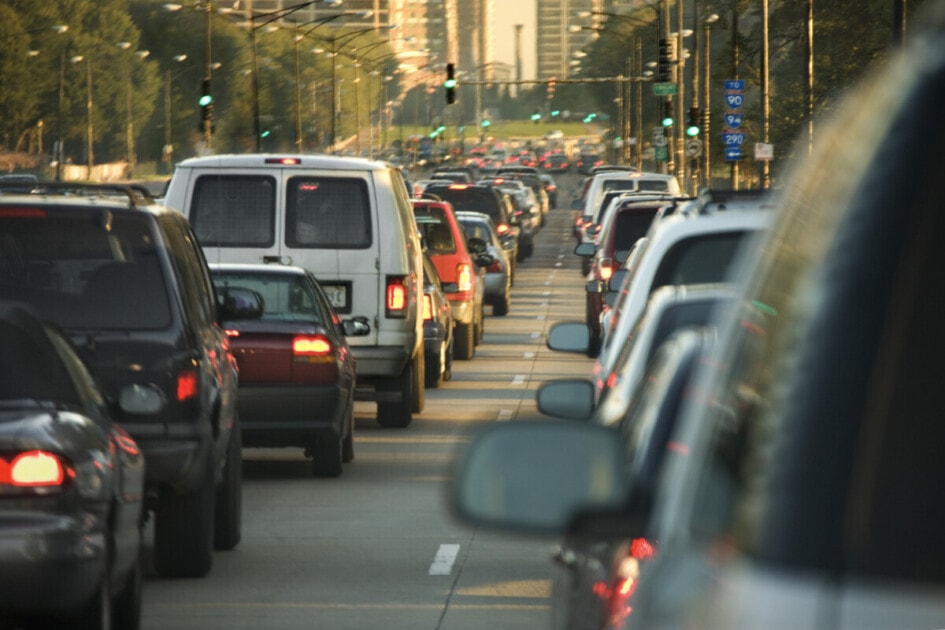
3. Wealth inequality
Though a large number of DC residents are able to enjoy the wealth of amenities the city has to offer, income inequality can leave citizens feeling trapped. For example, in DC the top 20% of earners take home 29 times more than the bottom 20%, the highest income inequality rate in the country for any city.
4. Difficult climate
The weather in Washington DC can be extreme and unpredictable, with cold, snowy winters and hot, humid summers. Mosquitoes can also be a problem during the warmer months. It’s important to be prepared with warm clothing and appropriate gear during the winter and to stay hydrated and seek air-conditioned spaces during the hottest parts of the summer. Despite the weather challenges, the city offers plenty of outdoor activities to enjoy year-round.
5. Lots of tourists
With so many famous landmarks like The National Mall, The Lincoln Memorial and The Washington Monument, DC is often swamped with large numbers of tourists. Those not familiar with the city are known to amble around sidewalks and cause some congestion, making it difficult to traverse the city.
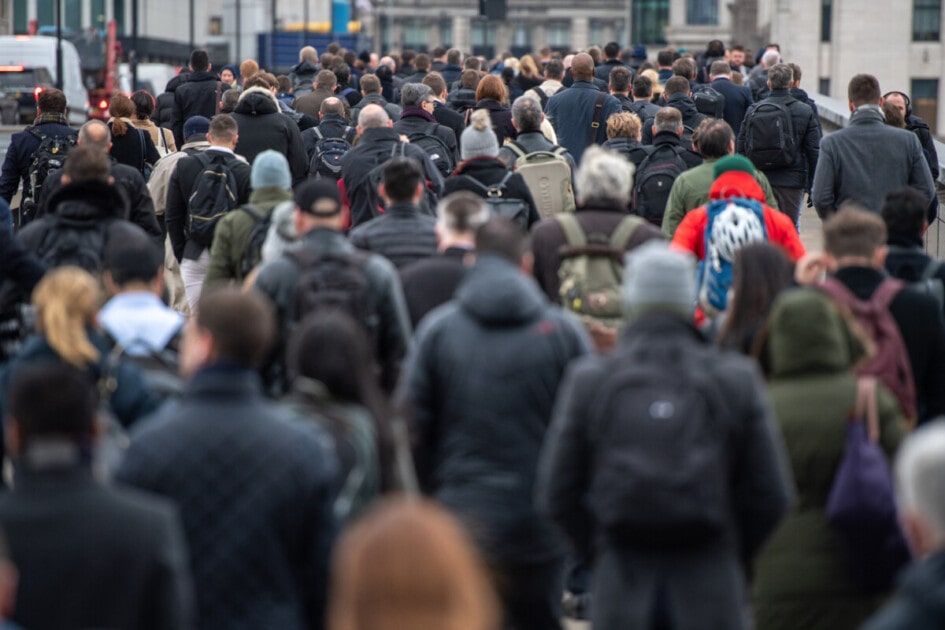
Is Washington, DC a good place to live? Final thoughts
There’s no doubt that Washington DC is a great place to visit and an ideal city for some to call home, but as with any other major population center, there are a few caveats that can dissuade some from moving there, such as long, congested commutes. Great public transport systems and diverse neighborhoods make exploring DC a fun and worthwhile experience. Ultimately, whether DC is the right place to call home really depends on your individual preferences.
The post Is Washington, DC a Good Place to Live? 10 Pros and Cons of Living in the District appeared first on Redfin | Real Estate Tips for Home Buying, Selling & More.
